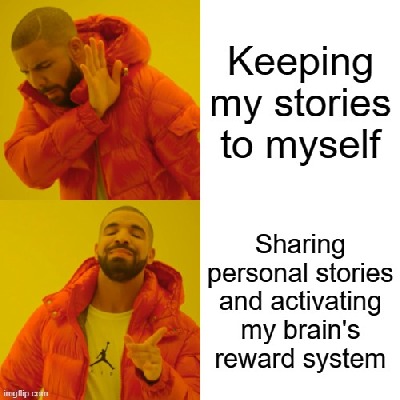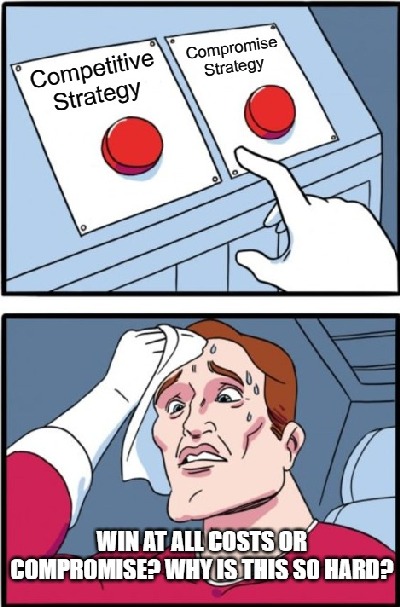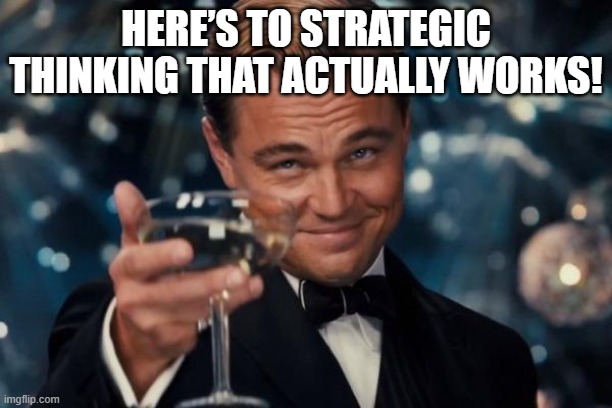In today’s fast-paced IT landscape, I find myself surrounded by an ocean of advice. From career growth to personal development within my company, it seems everyone has a solution tailored for me. But here’s a thought: is this advice genuinely beneficial, or is it just a reflection of personal biases and agendas? At a recent YC event, a talk by Brian Chesky, founder of Airbnb, really made me think about whom to trust in this sea of opinions.
The Value of Same-Page Collaboration
Why should we seek out those who are truly ‘on the same page’ as us? In my experience, aligning with people who share your situation or mindset creates a foundation of mutual understanding and respect. These like-minded individuals can truly comprehend the challenges and nuances of your daily grind because they are in it, too.
Misdirection in Misguided Advice
The biggest takeaway from Chesky’s talk was about the pitfalls of conventional wisdom in running a company. As Airbnb expanded, Chesky was bombarded with traditional advice on management that led to disastrous results. He had to discover a better path by emulating visionaries like Steve Jobs, who knew the ins and outs of their creations better than anyone else. This struck a chord with me. How often do we take advice from those who don’t really understand our context or challenges?
Founder vs. Manager: A Battle of Ideals
The distinction between ‘founder mode’ and ‘manager mode’ in a company’s evolution illustrates a broader truth applicable even to non-entrepreneurs like myself. Founders thrive on intimate involvement with their projects, whereas managers might excel through delegation and broader oversight. This mode of thinking resonates with me as I navigate my role within a tech company. It’s about understanding when to embrace the granular details of your work and when to trust others to take the helm.
Gaslighting in Corporate Advice
Another interesting point Chesky made was the concept of being gaslit by the very advice meant to guide founders. This notion extends beyond the entrepreneurial sphere into every professional’s life. Are we being misled by a chorus of supposedly expert voices? It’s a daunting thought that the advice we often receive might not only be unhelpful but could be actively steering us away from our best interests.
Personal Reflections and Moving Forward
Reflecting on these insights, I am reminded of the importance of carving out our own paths based on people who understand and share our specific circumstances. Why should we settle for generic, one-size-fits-all advice that doesn’t quite fit? Let’s seek out those who are navigating similar waters, for it is with them that we can forge ahead most effectively, both in our careers and personal development. By prioritizing advice from those who are truly aligned with our realities, we can avoid the common pitfalls that come with well-meaning but ultimately misguided guidance. Just as Chesky had to chart a new course for Airbnb against conventional currents, we too might sometimes need to steer our own unique courses in the vast corporate seas.










